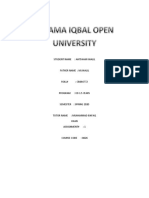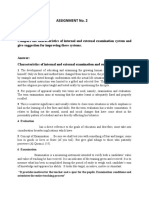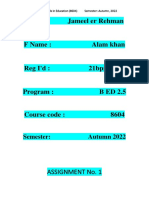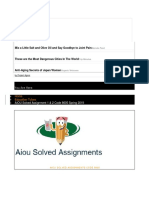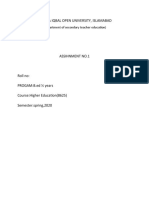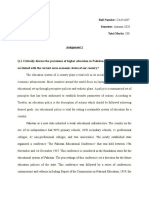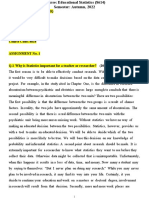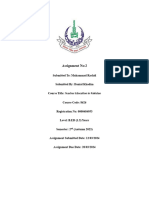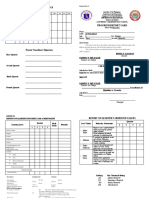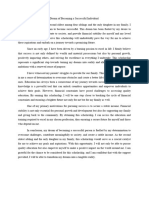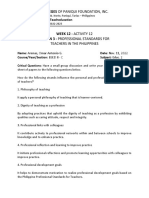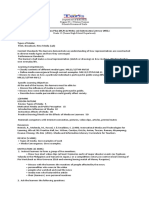0% found this document useful (0 votes)
264 views13 pages8624 Solved Assignment No 2
The document summarizes the examination promotion and certification system in Pakistan and compares the secondary education systems of Sri Lanka and Germany. It also discusses the main features and issues of India's Seventh Five Year Plan from 1988-1993.
Uploaded by
Danial KhadimCopyright
© © All Rights Reserved
We take content rights seriously. If you suspect this is your content, claim it here.
Available Formats
Download as PDF, TXT or read online on Scribd
0% found this document useful (0 votes)
264 views13 pages8624 Solved Assignment No 2
The document summarizes the examination promotion and certification system in Pakistan and compares the secondary education systems of Sri Lanka and Germany. It also discusses the main features and issues of India's Seventh Five Year Plan from 1988-1993.
Uploaded by
Danial KhadimCopyright
© © All Rights Reserved
We take content rights seriously. If you suspect this is your content, claim it here.
Available Formats
Download as PDF, TXT or read online on Scribd
/ 13







